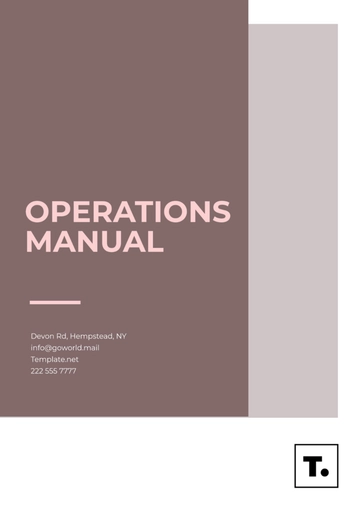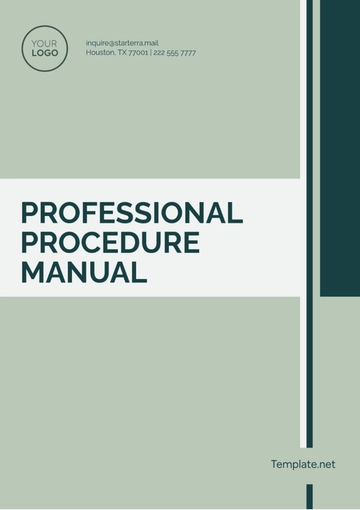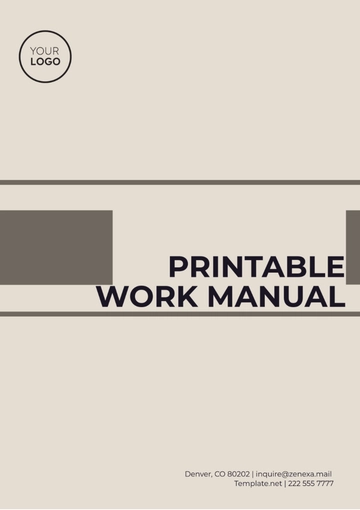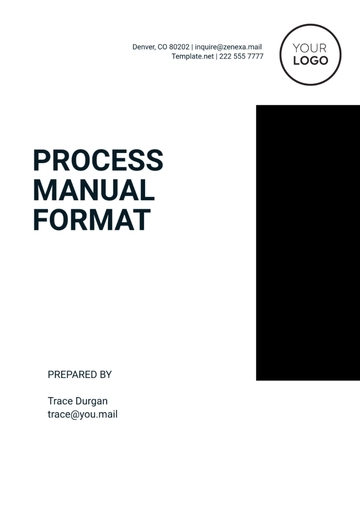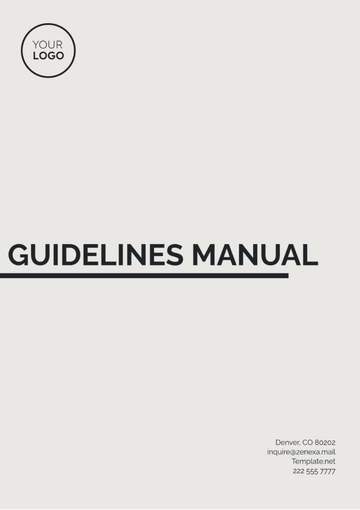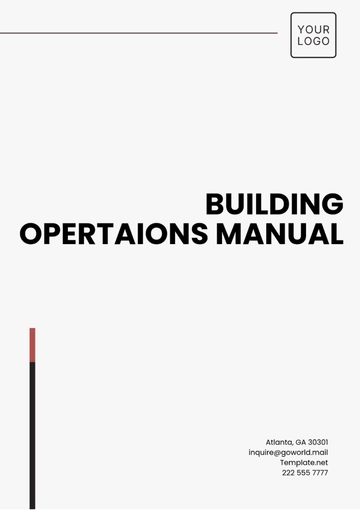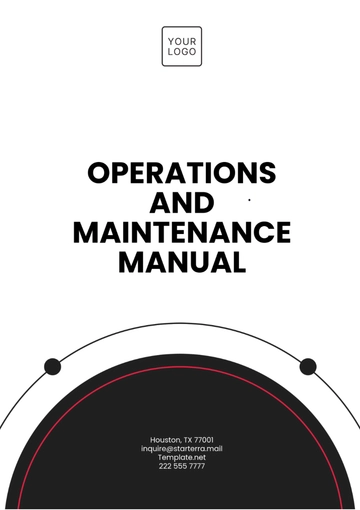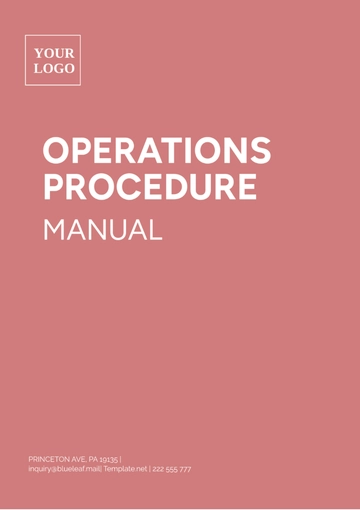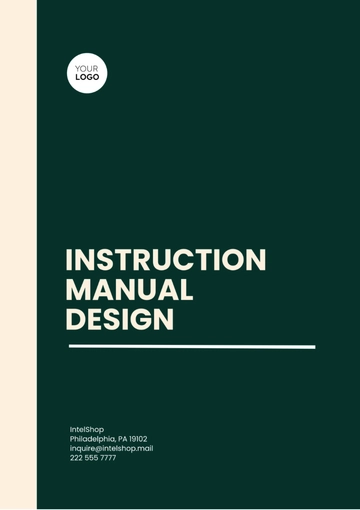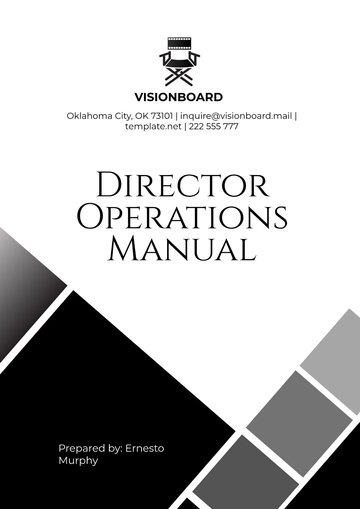Free Landscaping Manual
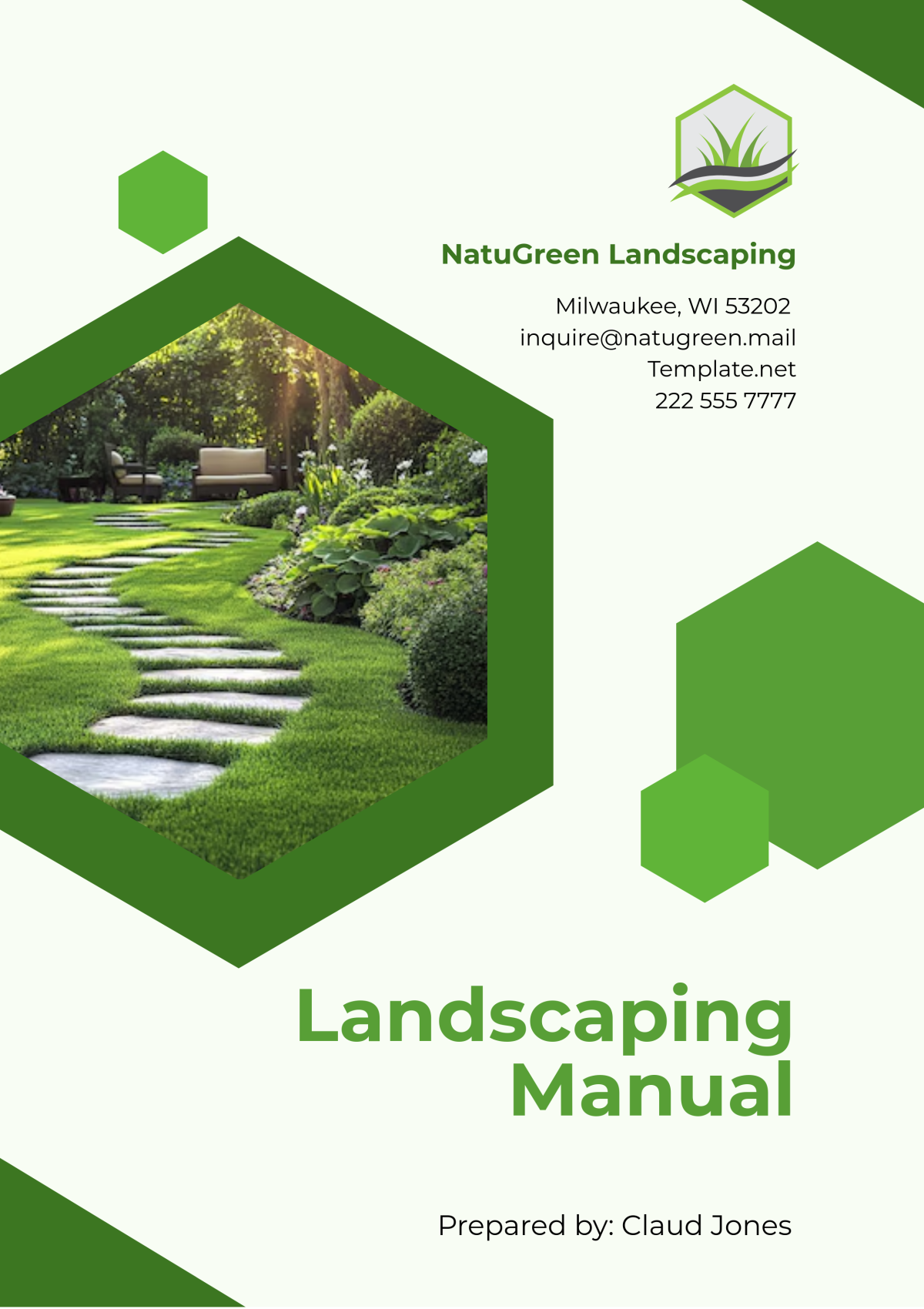
I. Introduction
Welcome to the Landscaping Manual by [Your Company Name]. This guide has been carefully crafted to offer you comprehensive insights into planning, designing, and maintaining beautiful landscapes. Whether you're a seasoned professional landscaper or a homeowner eager to enhance your outdoor space, this manual will provide step-by-step guidance, helping you achieve both functional and aesthetically pleasing results. By following industry best practices, we aim to ensure that every project not only meets but exceeds expectations in terms of sustainability, safety, and visual appeal.
At [Your Company Name], we understand that landscaping is more than just planting trees and laying grass. It’s about creating outdoor environments that improve quality of life, add value to properties, and harmonize with nature. In this manual, you'll find everything from basic landscaping principles to advanced techniques for managing water resources, choosing the right plant materials, and understanding the necessary legal considerations. Whether you’re designing a small garden or managing large commercial grounds, this guide will be an invaluable resource to help you create vibrant, healthy, and enduring landscapes that are compliant with U.S. laws and environmental standards.
II. Setup Instructions
Before starting any landscaping project, proper setup is crucial. Follow these steps to ensure a smooth start:
Conduct a site analysis to understand the terrain, soil type, and climate conditions.
Define your landscaping goals and budget. This will help in making informed decisions during the planning phase.
Gather the necessary tools and materials, such as shovels, rakes, wheelbarrows, plants, fertilizers, and irrigation systems.
Prepare the soil by removing weeds, rocks, and debris to create a clean working area.
III. Operating Procedures
To execute your landscaping project efficiently and achieve optimal results, it's essential to follow clear, step-by-step operating procedures. This section will guide you through the fundamental tasks, from designing your landscape to selecting materials and plants, ensuring that every aspect of your project is planned and implemented with precision and adherence to professional standards.
Execute your landscaping project effectively by following these detailed procedures:
A. Designing the Landscape
Create a blueprint or sketch
Begin by developing a detailed blueprint or sketch of your landscape design. This should include the planned layout for plant placements, pathways, water features, lighting, and any other structures. A well-organized design will help ensure proper balance, flow, and functionality in the space.
Select appropriate plants and materials
Choose plants and materials that complement your design while considering the local climate, soil conditions, and environmental factors. Opt for native or climate-adapted plant species to promote sustainability, reduce water usage, and minimize maintenance.
B. Planting and Installation
Mark out planting areas
Using your landscape design as a reference, mark the planting areas by setting stakes and stretching string across the site to define boundaries. This step ensures that the layout aligns with your plan and avoids overcrowding, giving plants ample space to grow and thrive.
Dig holes for plants
For each plant, dig a hole that is approximately twice the width of the plant’s root ball, allowing for proper root expansion. However, ensure the hole is no deeper than the root ball itself to prevent waterlogging or improper settling, which could stunt the plant's growth.
Plant trees and shrubs first
Begin by planting the larger elements, such as trees and shrubs, before moving on to smaller plants and flowers. Trees and shrubs will act as the structural foundation of your landscape, and by planting them first, you can adjust the placement of smaller plants around them for optimal visual effect and balance.
Install hardscape elements
Once the plants are in place, it's time to install hardscape elements like patios, walkways, and retaining walls. Follow your design plan closely, ensuring these features are not only visually appealing but also functional, durable, and built in compliance with local building codes. Properly installing hardscape elements before finalizing smaller plantings will prevent damage to delicate flora during construction.
C. Irrigation and Maintenance
Install an irrigation system
To maintain consistent and efficient watering, install a suitable irrigation system that aligns with your landscape design. Depending on the needs of your plants and the layout, you may opt for drip irrigation, which conserves water by targeting specific plants, or sprinklers for wider, even coverage. Ensure the system is properly installed to minimize water waste and reduce the risk of overwatering.
Check soil moisture levels regularly
To promote optimal plant health, regularly monitor the moisture level of your soil, particularly during changing seasons. Use a soil moisture meter or a simple hand test to ensure the soil is neither too dry nor waterlogged. Adjust your irrigation schedule accordingly, increasing watering in dry periods and reducing it during rainy seasons to prevent root rot and other issues.
Perform routine maintenance
Consistent landscape upkeep is essential for long-term success. Perform routine tasks such as weeding to prevent invasive species from choking out your plants, pruning to encourage healthy growth and maintain desired shapes, and fertilizing to supply essential nutrients. Regular maintenance ensures that your landscape remains vibrant, balanced, and resilient throughout the year.
IV. Troubleshooting
Even the most well-planned landscapes can encounter challenges, but with the right knowledge, many issues can be resolved quickly and effectively. This section is designed to help you identify and address common problems that may arise in your landscape, from drainage concerns to pest infestations. By following the solutions provided, you can maintain the health and appearance of your outdoor space, ensuring it remains vibrant, functional, and in harmony with nature.
Issue | Solution |
|---|---|
Poor Drainage | Enhance soil drainage by incorporating organic matter and using a French drain system if necessary. |
Pest Infestation | Identify the pests and apply appropriate organic or chemical pest control measures. |
Diseased Plants | Remove and destroy affected plants immediately and apply fungicide to prevent spread. |
Browning Edges | Ensure proper watering practices are followed to prevent under or over-watering. |
This Landscaping Manual offers the essential steps, expert advice, and practical guidance you need to design, build, and maintain stunning and functional outdoor spaces. Whether you’re starting from scratch or improving an existing landscape, following these comprehensive guidelines will help you achieve a balanced, sustainable, and visually appealing environment. From the initial design stages to the ongoing care of your landscape, each section is designed to equip you with the knowledge necessary for long-term success.
At [Your Company Name], we believe that every outdoor space holds the potential to become a beautiful sanctuary or a thriving, functional area. By using this manual as your trusted reference, you can confidently transform your landscaping vision into reality, creating an outdoor space that reflects your style, meets your needs, and enhances the natural surroundings.
- 100% Customizable, free editor
- Access 1 Million+ Templates, photo’s & graphics
- Download or share as a template
- Click and replace photos, graphics, text, backgrounds
- Resize, crop, AI write & more
- Access advanced editor
Streamline your landscaping operations with the Landscaping Manual Template from Template.net. This editable and customizable document provides detailed guidelines on landscaping procedures, maintenance protocols, and safety standards. Fully editable in our Ai Editor Tool, it allows you to tailor the manual to your specific landscaping business needs, ensuring consistency, efficiency, and professionalism in every project.
